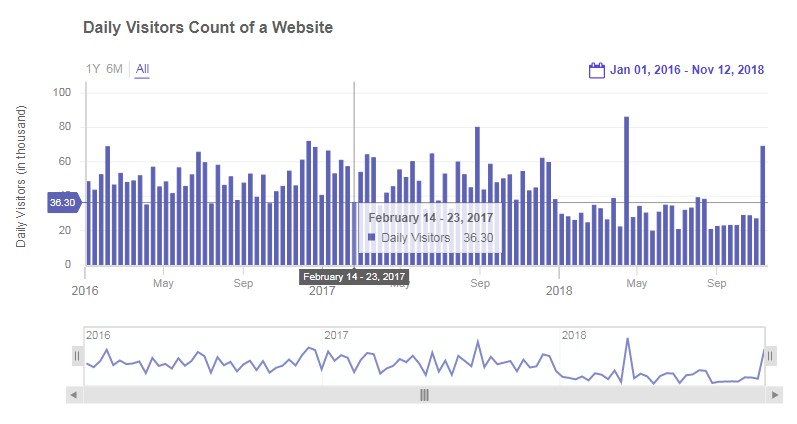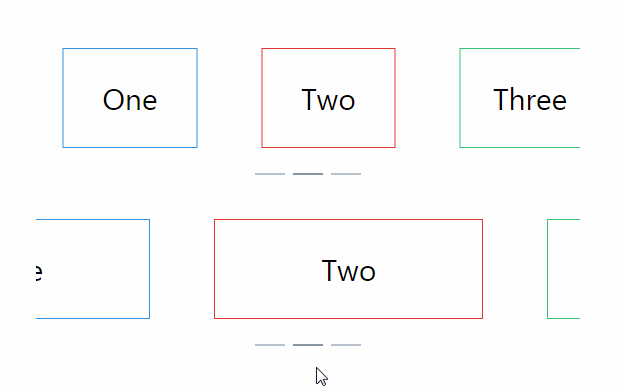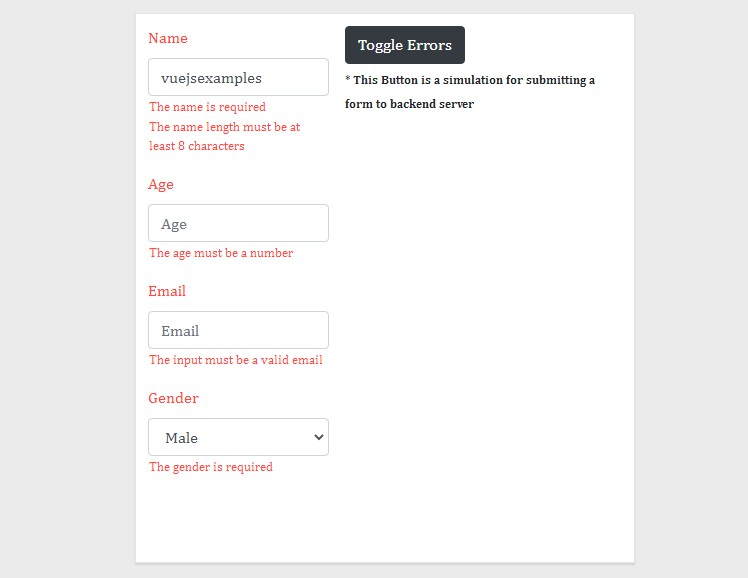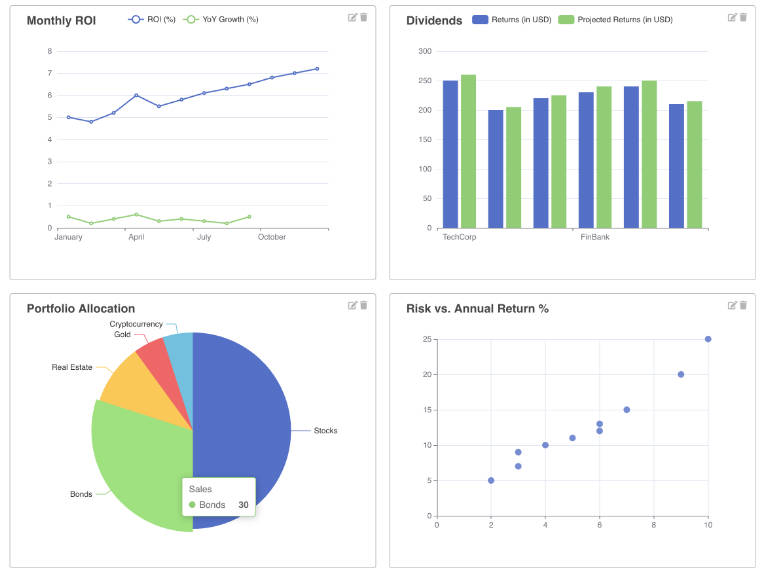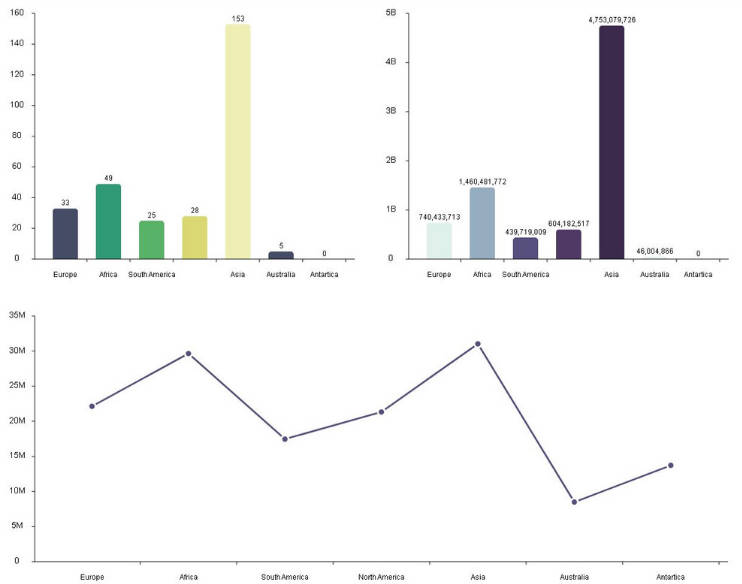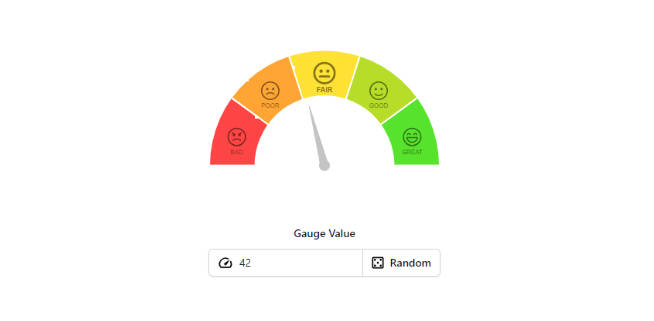vue-fusioncharts
A simple and lightweight VueJS component for FusionCharts JavaScript Charting Library. The Vue-FusionCharts wrapper lets you easily include FusionCharts in your VueJS projects.
Getting Started
Requirements
- Node.js, NPM/Yarn installed globally in your OS.
- FusionCharts and Vue installed in your project, as detailed below:
Installation
Direct Download
All binaries are located on our github repository.
Install from NPM
npm install vue-fusioncharts --save
Install from Yarn
yarn add vue-fusioncharts
Include in your script
Download vue-fusioncharts.js and include it in the HTML <script> tag.
<script src="vue-fusioncharts.js" type="text/javascript"></script>
Usage
There are two ways of adding vue-fusioncharts component in your project
Registering globally as a plugin
Import vue, vue-fusioncharts and FusionCharts in main app file.
import Vue from `vue`;
import VueFusionCharts from 'vue-fusioncharts';
// import FusionCharts modules and resolve dependency
import FusionCharts from 'fusioncharts';
import Charts from 'fusioncharts/fusioncharts.charts';
Now, register it as plugin in Vue object
Vue.use(VueFusionCharts, FusionCharts, Charts);
This way is recommended when you want component (vue-fusioncharts ) available from everywhere in your app.
Registering locally in your component
Import the chart component from vue-fusioncharts/component package in your component file and use Vue.component to register it locally.
import Vue from `vue`;
import VueFusionChartsComponent from 'vue-fusioncharts/component';
// import FusionCharts modules and resolve dependency
import FusionCharts from 'fusioncharts';
import Charts from 'fusioncharts/fusioncharts.charts';
const vueFusionCharts = VueFusionChartsComponent(FusionCharts, Charts);
Vue.component('fusioncharts', vueFusionCharts);
This way is recommended when you want component (vue-fusioncharts ) only in specific components of your app.
Click here to view the live example.
Where eventName can be any fusioncharts event. You can find the list of events at fusioncharts devcenter
Working with APIs
To call APIs we will need the chart object. To get the chart object from the component we can use ref and retrieve it from this.$refs[refname].chartObj
<fusioncharts
:type="type"
:width="width"
:height="height"
:dataFormat="dataFormat"
:dataSource="dataSource"
@dataPlotRollover="onDataPlotRollover"
ref="fc"
>
</fusioncharts>
Now, we can access the chart object from this.$refs.fc.chartObj
var app = new Vue({
el: '#chart',
data: {
type: 'Pie2D',
width: '500',
height: '300',
dataFormat: 'json',
dataSource: myDataSource
},
methods: {
onDataPlotRollover: function(e) {
this.$refs.fc.chartObj.slicePlotItem(0);
}
}
});
This example will slice a Pie2d section when you rollover the chart.
Working with Events
To attach event listeners to FusionCharts, you can use the v-on or @ operator in the vue-fusioncharts component.
<fusioncharts
:type="type"
:width="width"
:height="height"
:dataFormat="dataFormat"
:dataSource="dataSource"
@eventName="eventHandler"
>
</fusioncharts>
Quick Start
Here is a basic sample that shows how to create a chart using vue-fusioncharts:
import Vue from 'vue';
import VueFusionCharts from 'vue-fusioncharts';
import FusionCharts from 'fusioncharts';
import Charts from 'fusioncharts/fusioncharts.charts';
// register VueFusionCharts component
Vue.use(VueFusionCharts, FusionCharts, Charts);
const myDataSource = {
chart: {
caption: 'Recommended Portfolio Split',
subCaption: 'For a net-worth of $1M',
showValues: '1',
showPercentInTooltip: '0',
numberPrefix: '$',
enableMultiSlicing: '1',
theme: 'fusion'
},
data: [
{
label: 'Equity',
value: '300000'
},
{
label: 'Debt',
value: '230000'
},
{
label: 'Bullion',
value: '180000'
},
{
label: 'Real-estate',
value: '270000'
},
{
label: 'Insurance',
value: '20000'
}
]
};
const chart = new Vue({
el: '#app',
data: {
type: 'column2d',
width: '500',
height: '300',
dataFormat: 'json',
dataSource: myDataSource
}
});
Here's HTML template for the above example:
<div id="app">
<fusioncharts
:type="type"
:width="width"
:height="height"
:dataFormat="dataFormat"
:dataSource="dataSource"
>
</fusioncharts>
</div>
links to help you get started:
- Live Samples with code
- Documentation
- Use Chart API events & methods in Vue
- Chart gallery
- FusionCharts API
Usage and integration of FusionTime
From [email protected] and [email protected], You can visualize timeseries data easily with vue.
Learn more about FusionTime here.
Sample code for FusionTime
import Vue from 'vue';
import VueFusionCharts from 'vue-fusioncharts';
import FusionCharts from 'fusioncharts';
import TimeSeries from 'fusioncharts/fusioncharts.timeseries';
// register VueFusionCharts
Vue.use(VueFusionCharts, FusionCharts, TimeSeries);
const jsonify = res => res.json();
const dataFetch = fetch(
'https://raw.githubusercontent.com/fusioncharts/dev_centre_docs/fusiontime-beta-release/charts-resources/fusiontime/online-sales-single-series/data.json'
).then(jsonify);
const schemaFetch = fetch(
'https://raw.githubusercontent.com/fusioncharts/dev_centre_docs/fusiontime-beta-release/charts-resources/fusiontime/online-sales-single-series/schema.json'
).then(jsonify);
const chart = new Vue({
el: '#app',
data: {
width: '500',
height: '300',
type: 'timeseries',
dataFormat: 'json',
dataSource: {
caption: { text: 'Online Sales of a SuperStore in the US' },
data: null,
yAxis: [
{
plot: [
{
value: 'Sales ($)'
}
]
}
]
}
},
mounted: function() {
Promise.all([dataFetch, schemaFetch]).then(res => {
const data = res[0];
const schema = res[1];
const fusionTable = new FusionCharts.DataStore().createDataTable(
data,
schema
);
this.dataSource.data = fusionTable;
});
}
});
Here's HTML template for the above example:
<div id="app">
<fusioncharts
:width="width"
:height="height"
:type="type"
:dataFormat="dataFormat"
:dataSource="dataSource"
>
FusionCharts will render here...
</fusioncharts>
</div>
